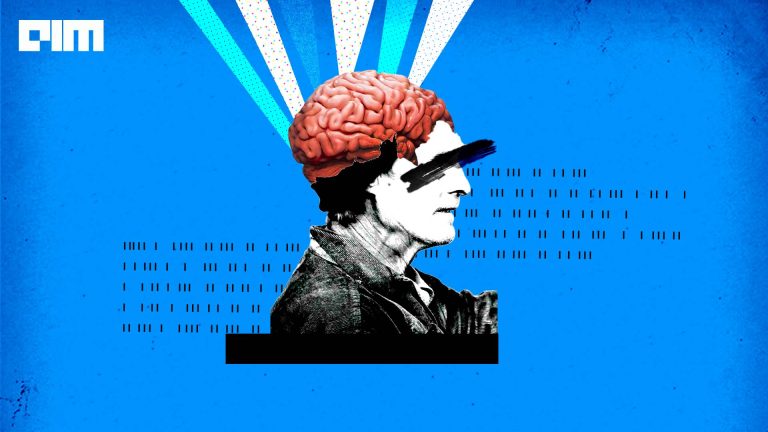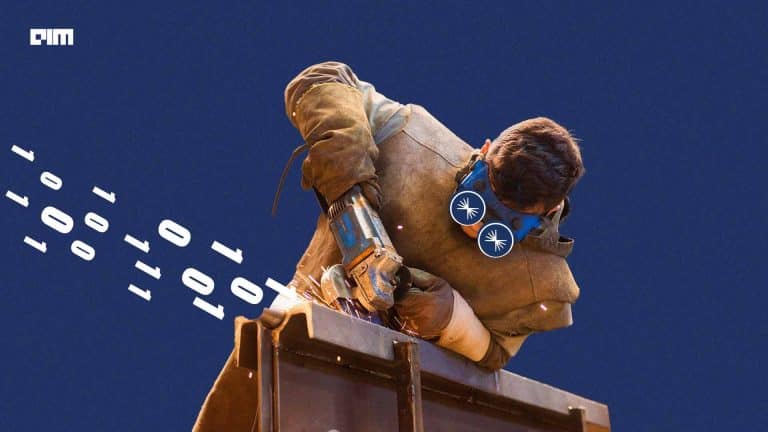Researchers from IBM have introduced VanDEEPol — a hybrid AI model that can predict brain activity and its structure from imaging data. Imaging is nothing but capturing, manipulation, storage and display of images. X-rays, CT scans and MRIs are some of the examples of medical imaging data. Also, the newly introduced AI model significantly boosts predictive accuracy compared with the earlier methods available, as per the research claims.
The aggregation of imaging data sets is a crucial step in developing AI for radiology. Imaging data sets are used to train and/or test algorithms in a variety of methods. For example, many data sets used to train convolutional neural networks for image recognition do contain thousands of images, although smaller data sets are suitable for transfer learning, texture analysis, and other applications.
Mapping brain activity is complex
There are billions of neurons that constantly interact inside our brains, covering every aspect, including function, thoughts and behaviour. Some of the sophisticated techniques available these days help in mapping these elaborate connections precisely. These include functional magnetic resonance imaging (fMRI) – which helps in mapping the neural activity by mapping the change in blood flow and calcium imaging (CaI) – which is used to track neurons’ activity over time and help to dissect the function of neuronal circuits.
Algorithmic models based on these maps can describe the whole-brain activity and could provide insights into how our brains work. These models could potentially help with the development of neurotechnological devices like brain-computer interfaces. However, brain activity is extremely complicated and difficult to model, mainly due to the following reasons:
- Firstly, the neural activity inside our brains follows nonlinear dynamics. Simply put, the behaviour is unpredictable or counterintuitive but is not random. The autoregressive models are thus of little importance as they predict future states by assuming a linear relationship to the past events.
- Secondly, generic nonlinear models, such as deep RNNs, identify the sequential nature of input data and use patterns to forecast future states, necessitating vast amounts of training data, which aren’t always available for brain imaging. Their results can be difficult to interpret.
The proposed model to overcome challenges
In response to the difficulties mentioned above, researchers created VanDEEPol (van der Pol equations combined with deep learning), a hybrid approach to building an AI model that combines nonlinear van der Pol (VDP) oscillators with an RNN effectively forecast brain activity based on imaging data. VDP fits imaging data of several sorts and species accurately and can generalise to previously unseen data. Additionally, the VDP oscillators help identify anatomically relevant interactions between brain areas, give specific details into functional connectivity, and provide an unlimited amount of simulated data to enhance real imaging data for training an RNN.
The team uses CaI data from Zebrafishes and singular value decomposition (SVD) analysis to determine the top six spatial and temporal components in order to extract meaningful information from these data. Spatial components are the ones that represent brain subsystems, while temporal components reflect changes in brain activity within those subsystems.
Brain activity is generated by coupled dynamics of neurons and calcium. Neuron, which VDP-like equations can capture, and calcium dynamics in the brain are largely driven by transmembrane voltage and voltage-dependent calcium channels. “We, therefore, model calcium dynamics in each SVD spatial component as a differential equation with a voltage-like variable (activity) and a recovery-like variable (excitability). Because imaging data only includes information about the activity, we must estimate the excitability variable,” said the research.
Results and the future applications
The findings show that a VDP model can be fit to multivariate brain imaging data with a high degree of accuracy and can predict time-series data with sufficient precision. VDP can also be used as a data augmentation generative model to improve the predictive performance of deep RNNs.
The ability of VDP to effectively forecast future brain activity based on imaging data should aid physicians in diagnosing medical conditions and predicting disease progression. It could also help researchers develop systems that can deduce people’s intents from their brain signals, convert them into commands, and send the instructions to devices that can carry out those intentions. In addition, such brain-computer connections may be useful in restoring function that has been lost due to accident, disability, or ageing.



































